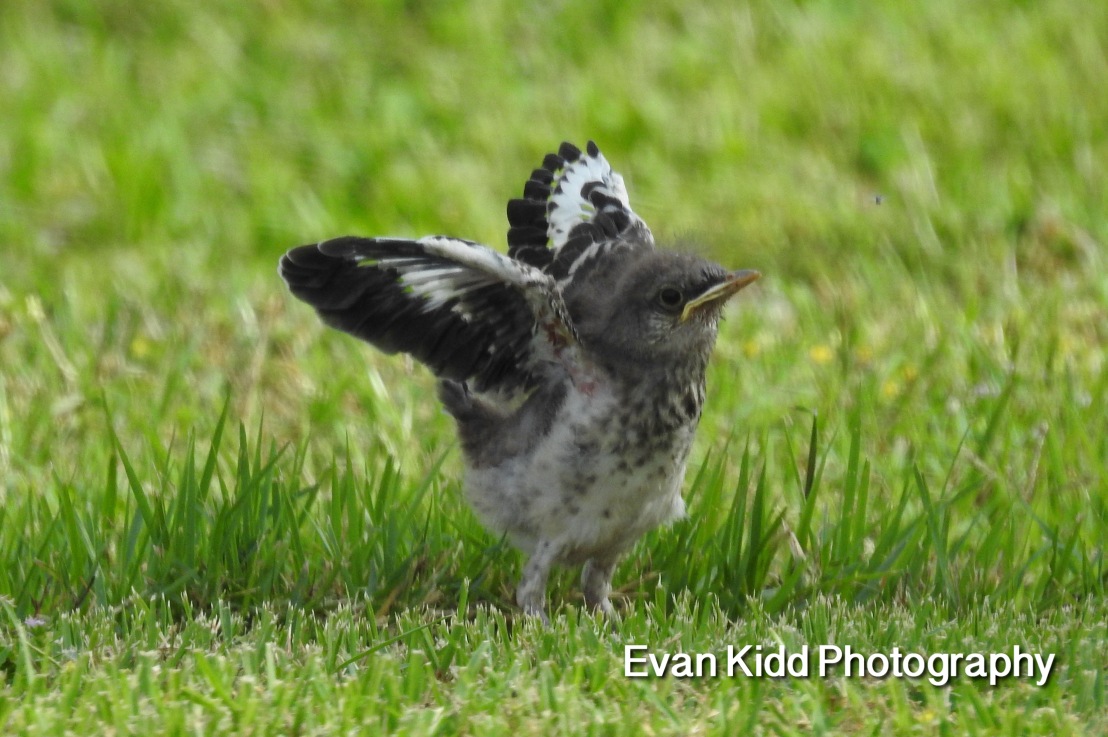This post is more of an appendix to the previous post. As previously mentioned, positioning — putting one’s self in the most advantageous spot — is an important step toward achieving one’s goals. But again, “placement” isn’t just about your physical place or where your role falls in an organizational chart. It’s important to learn, and practice, the skills you need to get you there.
 Belted Kingfishers know that you have to learn how to fish — literally.
Belted Kingfishers know that you have to learn how to fish — literally.
The caveat is that you don’t need to know everything about everything. We’ve all heard the cliche about “teach a man to fish,” but there are arguments to be made that it’s not applicable for all scenarios. Division of labor is one of the hallmarks of human civilization, in large part because there is just so much collective knowledge that we have. We might know basic first aid, but most of us probably consult a nurse practitioner or a physician for more a problem that requires more in-depth or specialized knowledge, like a broken bone or a burst appendix. If a particular skill is not essential for your current or aspirational role, it’s okay to consult with a Subject Matter Expert or SME on the occasions that call for it. But we don’t want to wind up like the Brown-Headed Cowbird, who lays its eggs in the nest of other bird species to trick other parents into raising their young for them. Parasitism may seem to benefit in the short-term, but constantly relying on others is not conducive to your own development. (Plus, in the bird world and the human world, it doesn’t make for a lot of friends, either!)
In short, there’s a skill or knowledge that you need — or are likely to need in future roles — on a regular basis, then learn it!
 Juvenile Night-Herons are dependent on their parents for the first month of life, but once they fledge, they quickly learn to fend for themselves.
Juvenile Night-Herons are dependent on their parents for the first month of life, but once they fledge, they quickly learn to fend for themselves.
Different people have different styles of learning; some of us are more visual learners, others prefer auditory or kinesthetic learning, et cetera. There’s no single formula for how to learn. Know your own needs, and develop a personalized course of action. Birds have instincts, and so do we. But few birds learn in a vacuum or rely solely on instinct; they are almost always closely watching their parents when they are learning new skills. Likewise, we can interact with a human instructor, or we can also take advantage of tools like books or the Internet to expand our knowledge base. (One of my work colleagues is a master at building and maintaining databases, and people usually don’t believe him when he says that he learned almost everything he knows from Google!)
 Young ospreys test out their wings in the safety of the nest
Young ospreys test out their wings in the safety of the nest
One of my former coaches had a great saying: “Practice doesn’t make perfect. Only perfect practice makes perfect.” Repetition is the key to learning, but repeating the task the wrong way over and over again will only lead to bad habits that will later need to be broken. Whether you’re rehearsing a speech or presentation, preparing for a job interview, or trying out some newfound programming skills, have a trusted mentor give feedback as you practice. Make corrections or changes as necessary, and continue to practice in the newfound way.
 This fledgling Northern Mockingbird imitates his parents at “wing-flashing,” a technique that some scientists believe is a hunting technique to startle insects.
This fledgling Northern Mockingbird imitates his parents at “wing-flashing,” a technique that some scientists believe is a hunting technique to startle insects.
Know the skills that are required and desired in your desired future roles, and find opportunities to learn and practice those skills. Partner up with a manager or a mentor who can help guide you. It’s all about: where are you now, what do you want to do, and what do you need to get from Point A to Point B?
Coming Soon: Paying Attention

